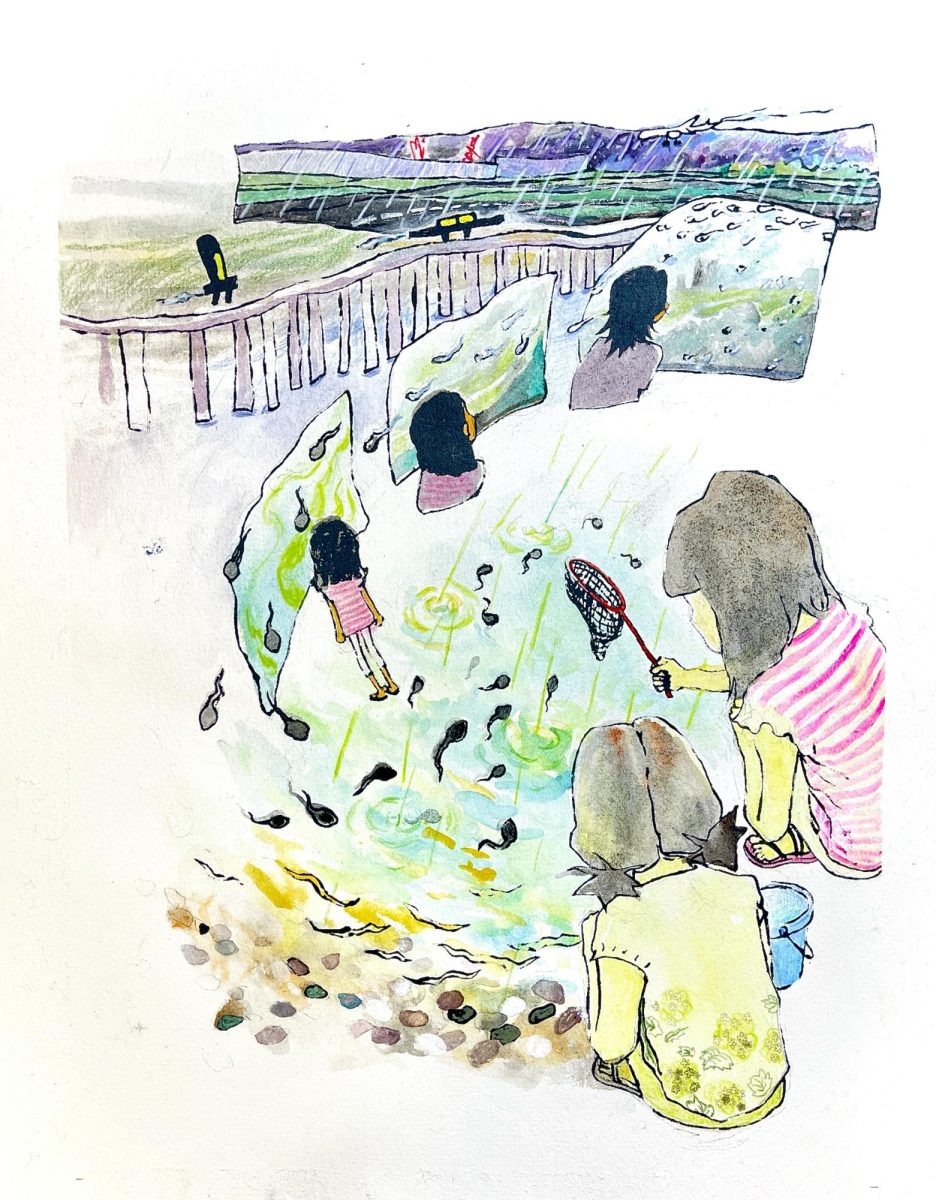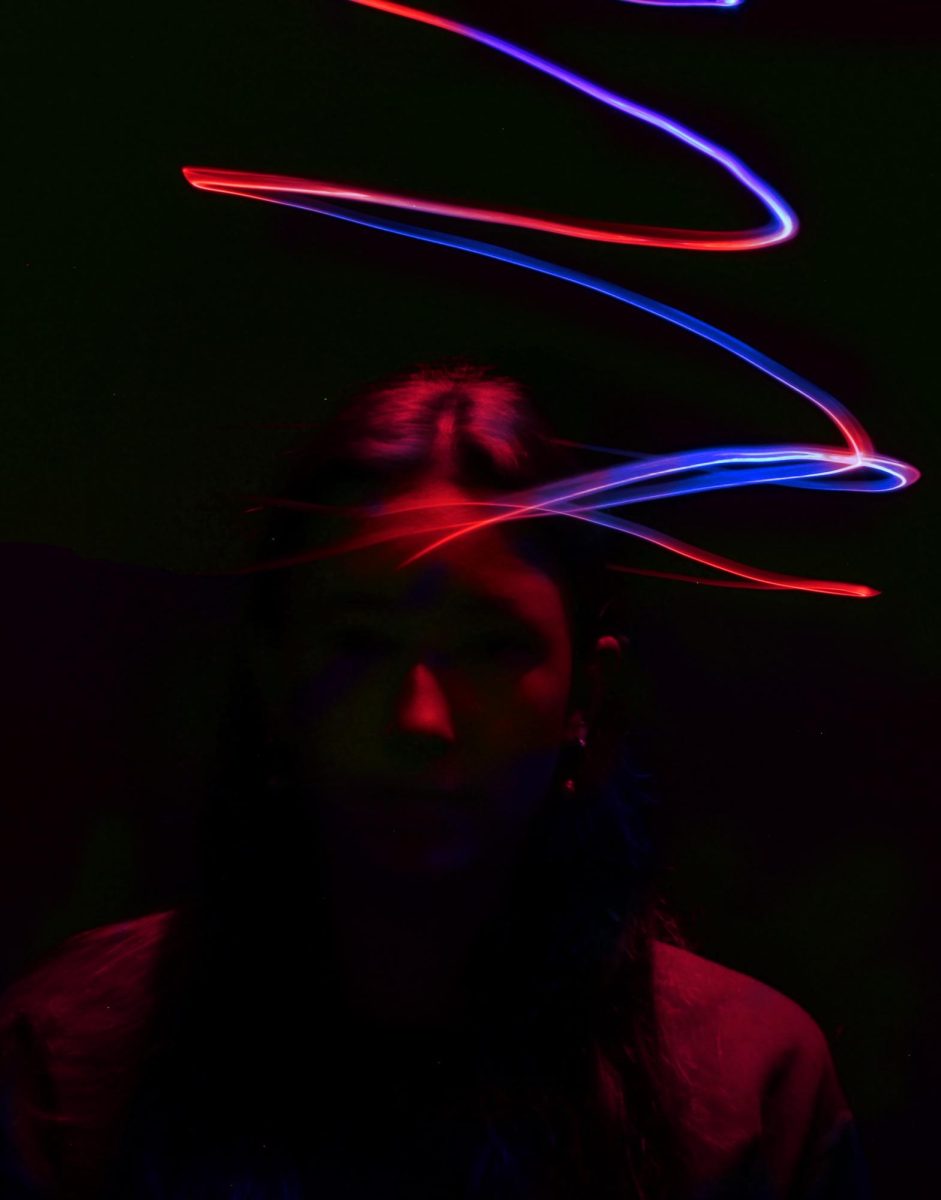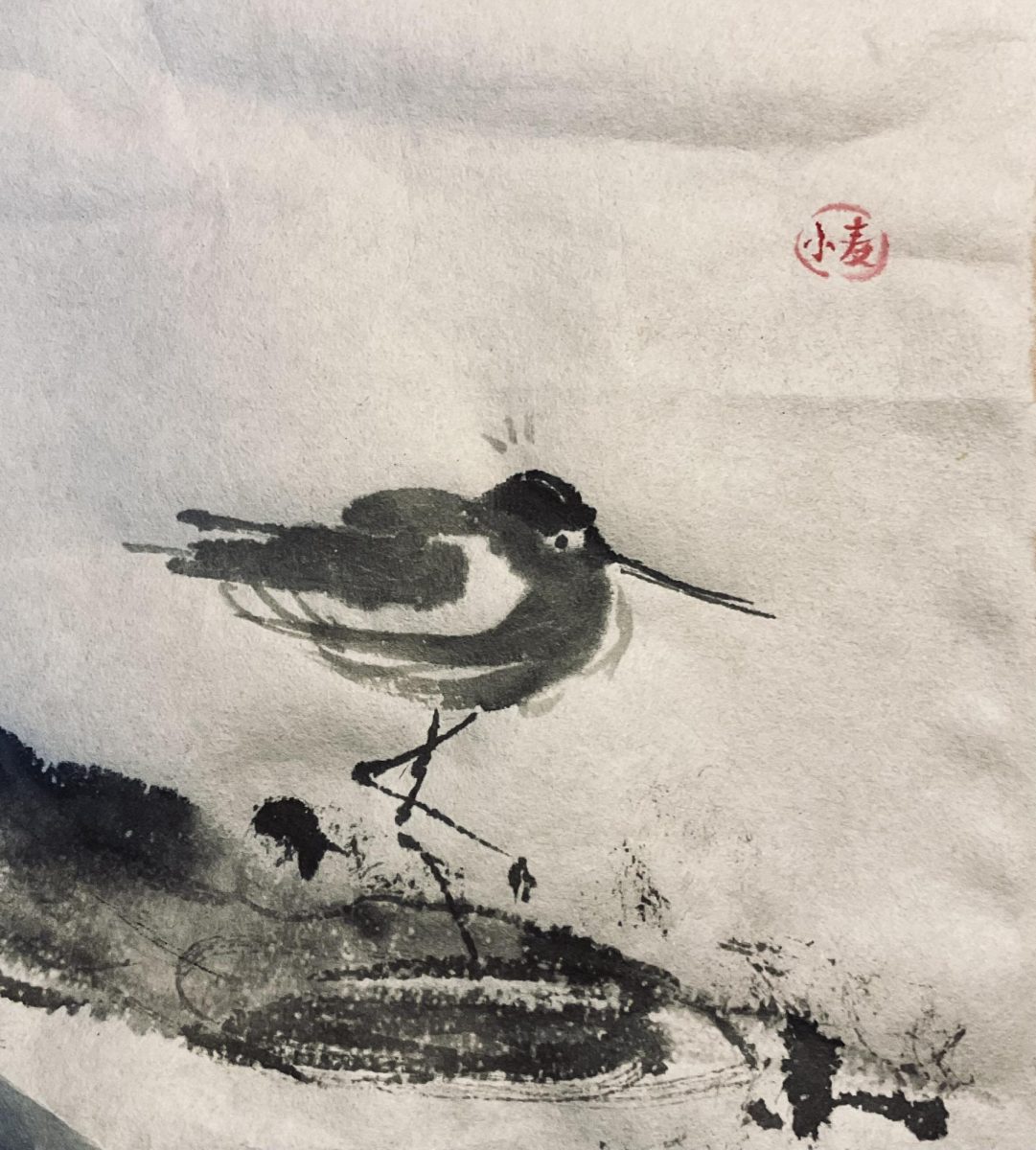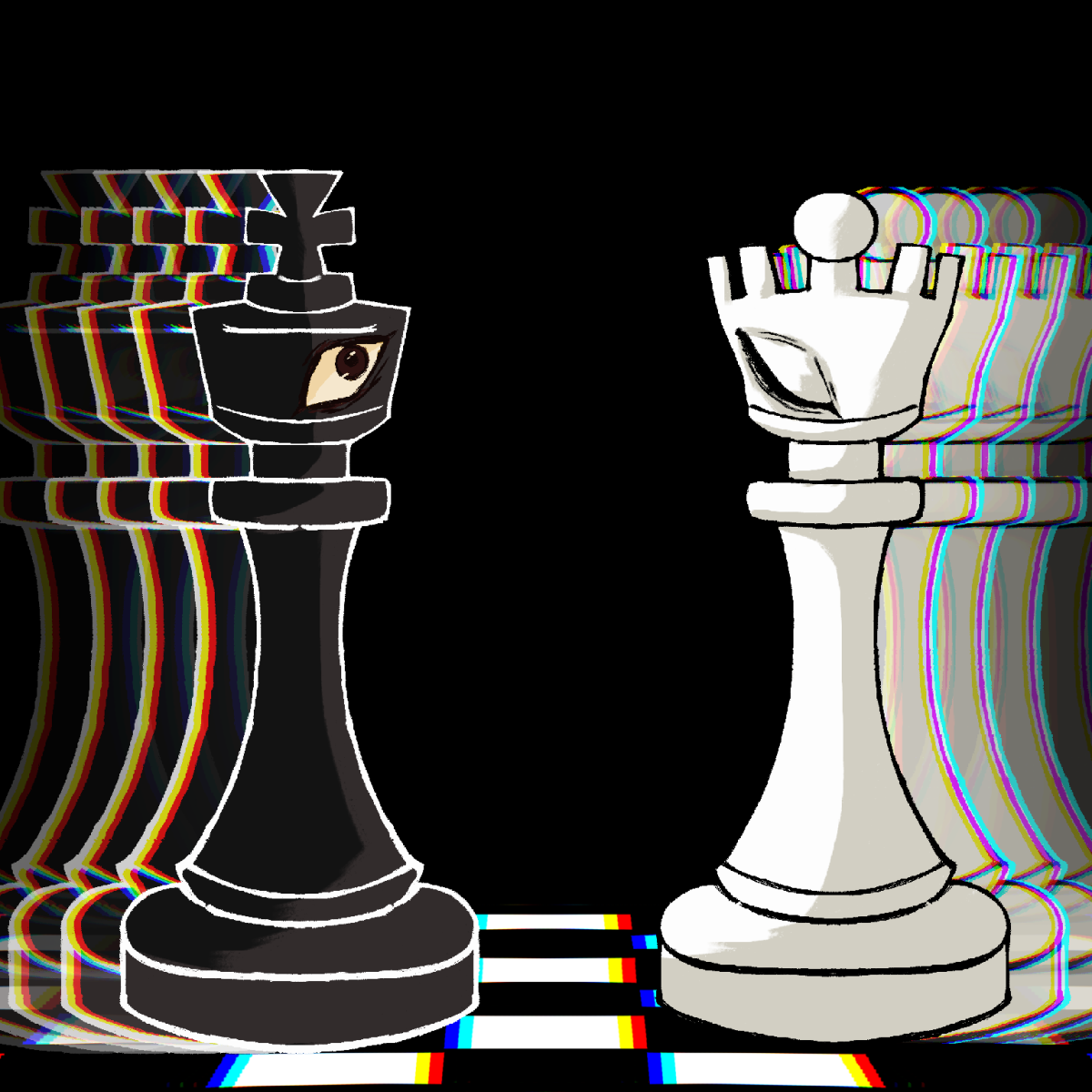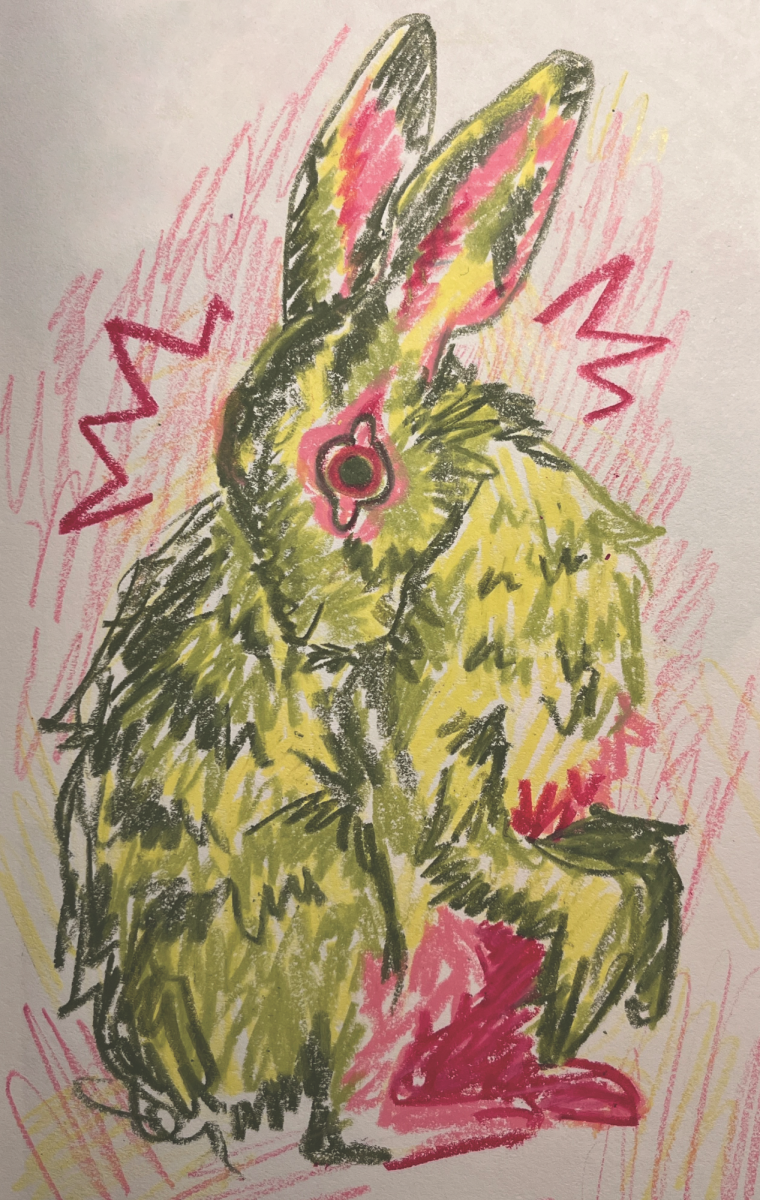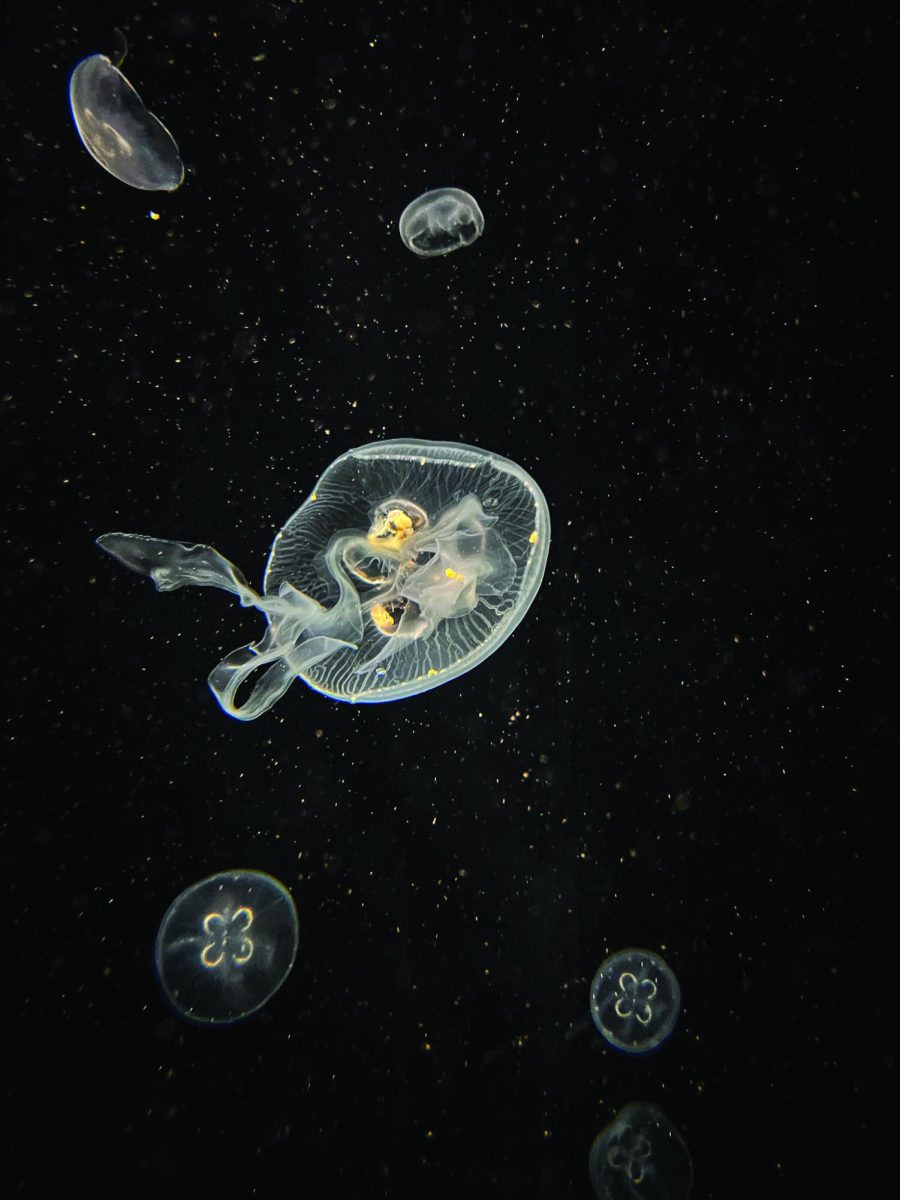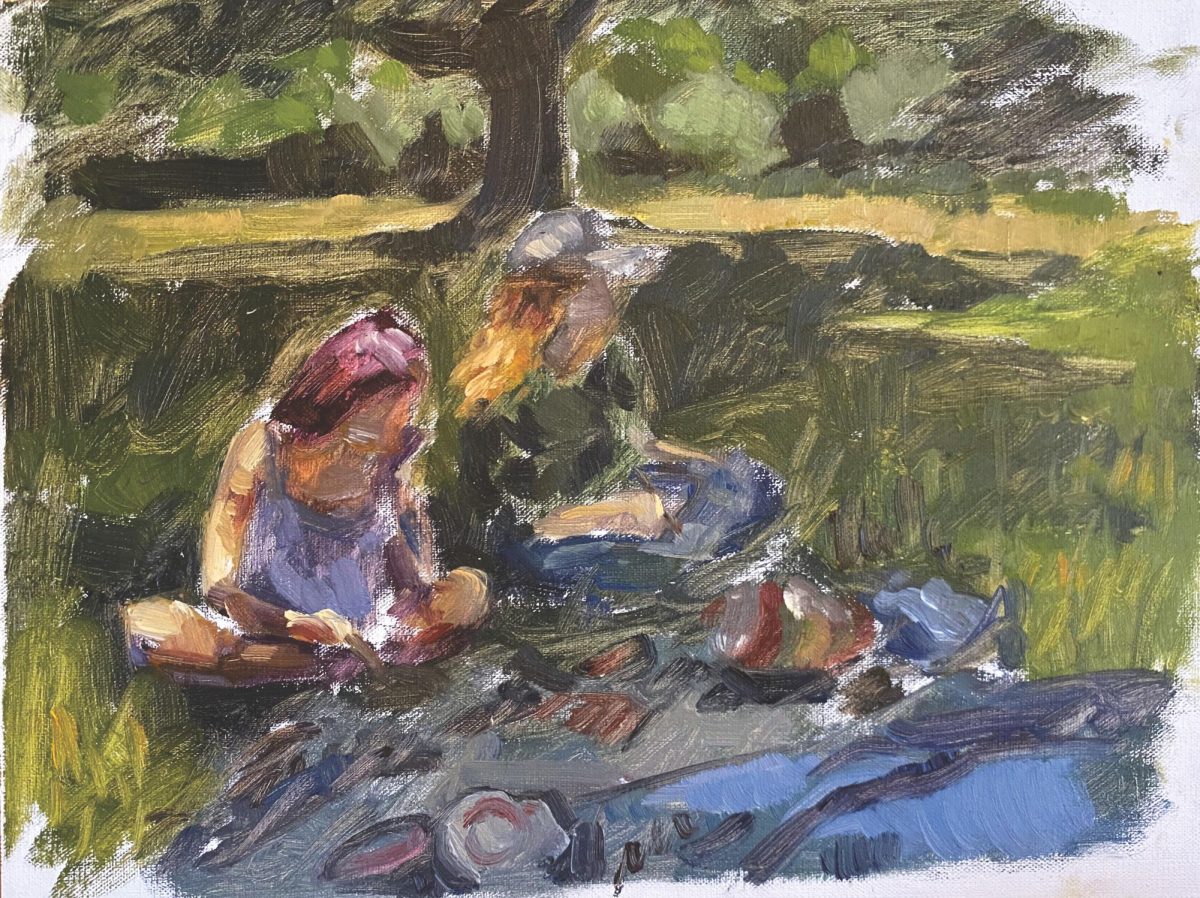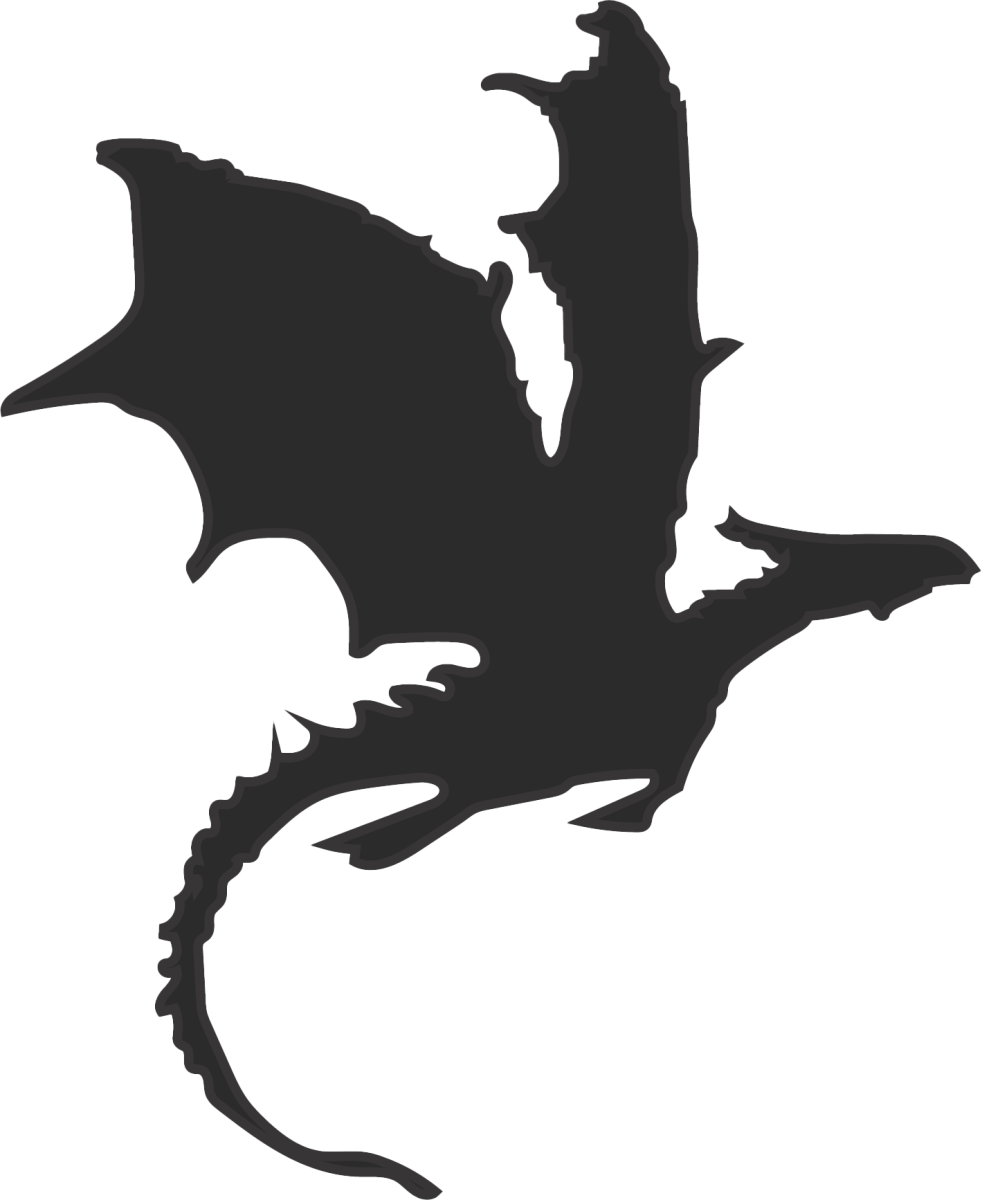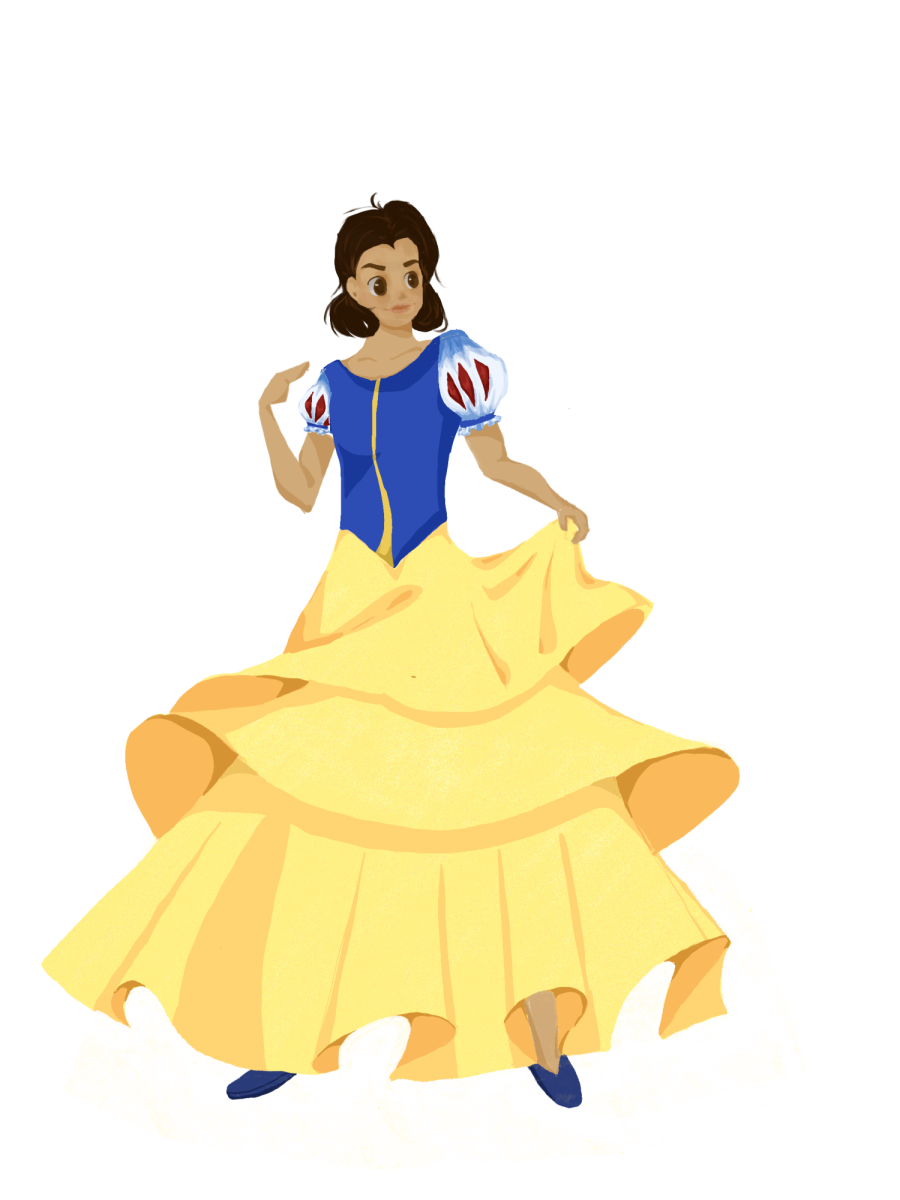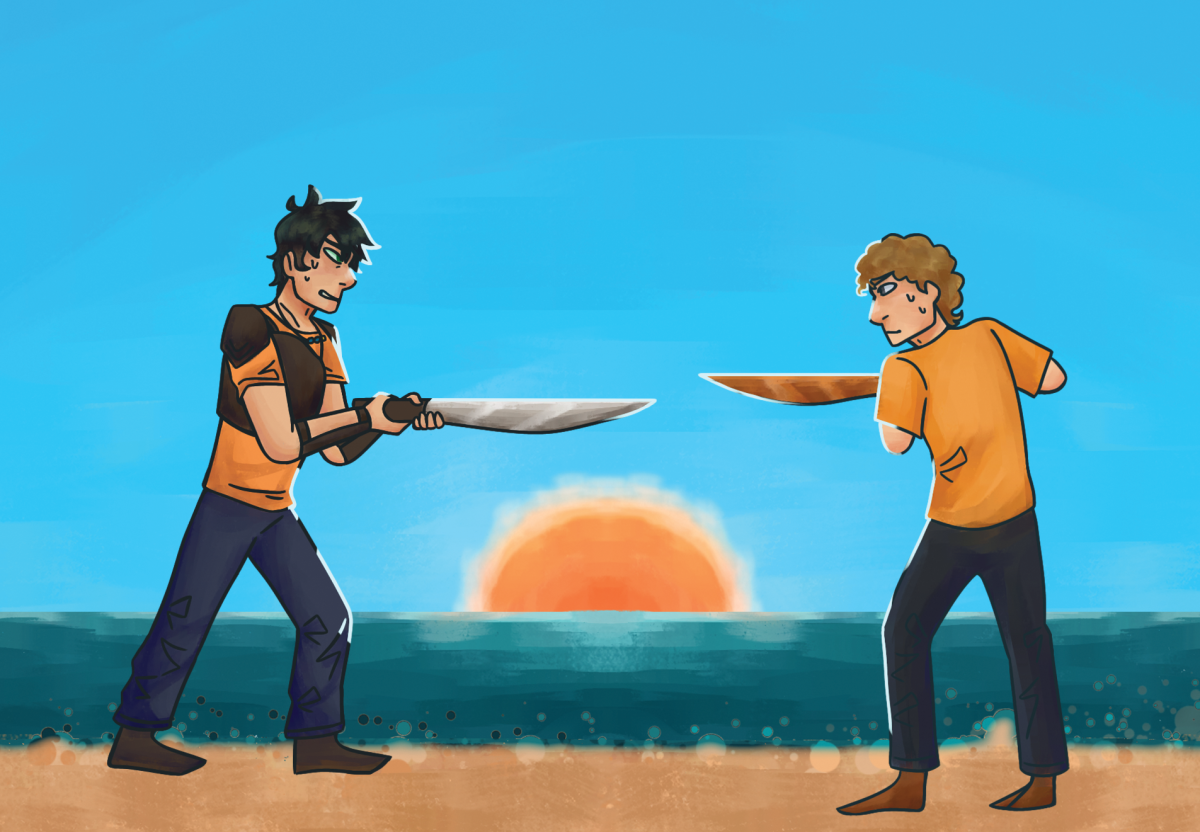What’s the first book you think of when someone says middle school? “I’ve always loved reading Percy Jackson,” sophomore Amily Zhang says.
With over 180 million copies sold, Percy Jackson and the Olympians was one of the most popular middle grade book series of its time. Subsequently, it was adapted into two live-action movies, to lukewarm reactions.
According to Paly composition and literature of film teacher Alanna Williamson, “adaptations of existing media have become very common recently,” as studios have gotten more comfortable recycling old stories.
Still, this isn’t a new phenomenon. Williamson pointed out how Shakespeare, for example, is constantly readapted over and over again.
But when a franchise’s best adaptation is its fan-made musical and not its multiple movies, it can feel like it’s run itself into the ground. Most Percy Jackson fans had let go of their hopes for any significant outside media impact.
Still, it was possible for Percy Jackson to get a second chance. In 2020, a glimmer of hope emerged with the announcement of a new television series backed by Disney, with much greater involvement from Riordan himself. The cast, first looks, and updates all seemed promising, and 13.3 million hopeful fans tuned in to watch the season premiere earlier this year.
Simultaneously visually distinctive and earnestly faithful, Disney’s “Percy Jackson and the Olympians” was a breath of fresh air into the dreary world of Percy Jackson adaptations.
Rather than being jarring, seeing the new changes in characters was refreshing, as each character got a new look for the adaptation. The central cast — Walker Scobell, Leah Jeffries and Aryan Simhadri — all play their characters well, and it’s nice to see a more diverse set of faces on everyone at Camp Half-Blood. As Williamson said, “a good casting director working with the original writer tends to make very good choices.” The change of Clarisse from “pig-eyed” to normal teenage girl is an especially welcome addition.
This more diverse cast feels like Riordan writing some past wrongs from his first round of writing. His later books in the Percy Jackson universe feature more diverse casts, in ethnicity, sexuality, and gender expression. By starting the story from scratch a second time, Riordan got a chance to build a better foundation for the new story he wanted to give to the future, starting with the faces that filled up his world.
As far as the actual content of the show, the story was surprisingly coherent and well paced. After every episode, the week-long wait for the next episode became increasingly frustrating, as each story beat brought back fond memories of middle school reading. Of course, the series isn’t without its faults. For each episode, the show had a budget of 12 to 15 million dollars — on par with “The Mandalorian,” another Disney+ production — but there are moments where it doesn’t show. The absence of certain monsters and expensive scenes, which would have been understandable in a show with a thinner budget, leave the show feeling a little flat. The Underworld was especially underwhelming. Rather than feeling like a powerful realm, the final resting place of every person who has, is, and will ever live, it was empty and barren, visually boring and underwhelming.
One other disappointment was in the action-filled scenes. Many of the tense scenes are rewritten out of the story, far more than expected for the company behind action-filled titans like Marvel. In particular, one scene in the abandoned amusement park was switched, turning from an out-of-control boat barrelling over an edge into an emotional beat, complete with a monologue from Annabeth. Whether the writers thought the scene was better, or didn’t want to create the set to send the boat flying, the loss of many high-octave scenes is a little disappointing.
This draws a parallel to the dream scenes, where instead of an intense evil voice that talks deep from the pit, the show portrays it as his school headmaster. While the camera shots that barely show his face would be creative and intriguing for a show of smaller budget, they feel lazy for a show of Percy Jackson’s supposed caliber.
The last major disappointment centered around character development. In the transition to the big screen, you lose the thoughts of the main characters — most notably, Percy, whose internal monologue provides much sarcastic wit in the book. The series just isn’t the same without Percy’s inner voice chomping at the bit to kick every man he meets in the nether region. The lack of internal monologue is simply a limitation of visual media. Still, as Williamson said, “comparing every detail of a beloved property to an adaptation in a different media is never going to make everyone happy.”
Almost to compensate for this, the show’s tone feels angrier. In the book, Percy forgives his dad for his neglectfulness halfway through. Meanwhile, in the show it takes Percy until the last episode to finally think through his feelings and forgive.
Still, as a whole, the show is a bright spot in Disney’s recent track record. Despite the online protests of racists, the cast and show as a whole turned out to be great. Williamson emphasized how the original series was “written in a different time,” when audiences were more comfortable with less diverse casts, and our modern world requires “a story that represents the people who live in it.”
Ultimately, Percy Jackson and the Olympians didn’t need another show. After all, several movies, a musical, and a graphic novel series is more than most franchises get, even if their quality leaves much to be desired. But still, the show gives a well-deserved second chance to a well-loved property in a faithful and charming way that is sure to put a smile on any fan’s face.




